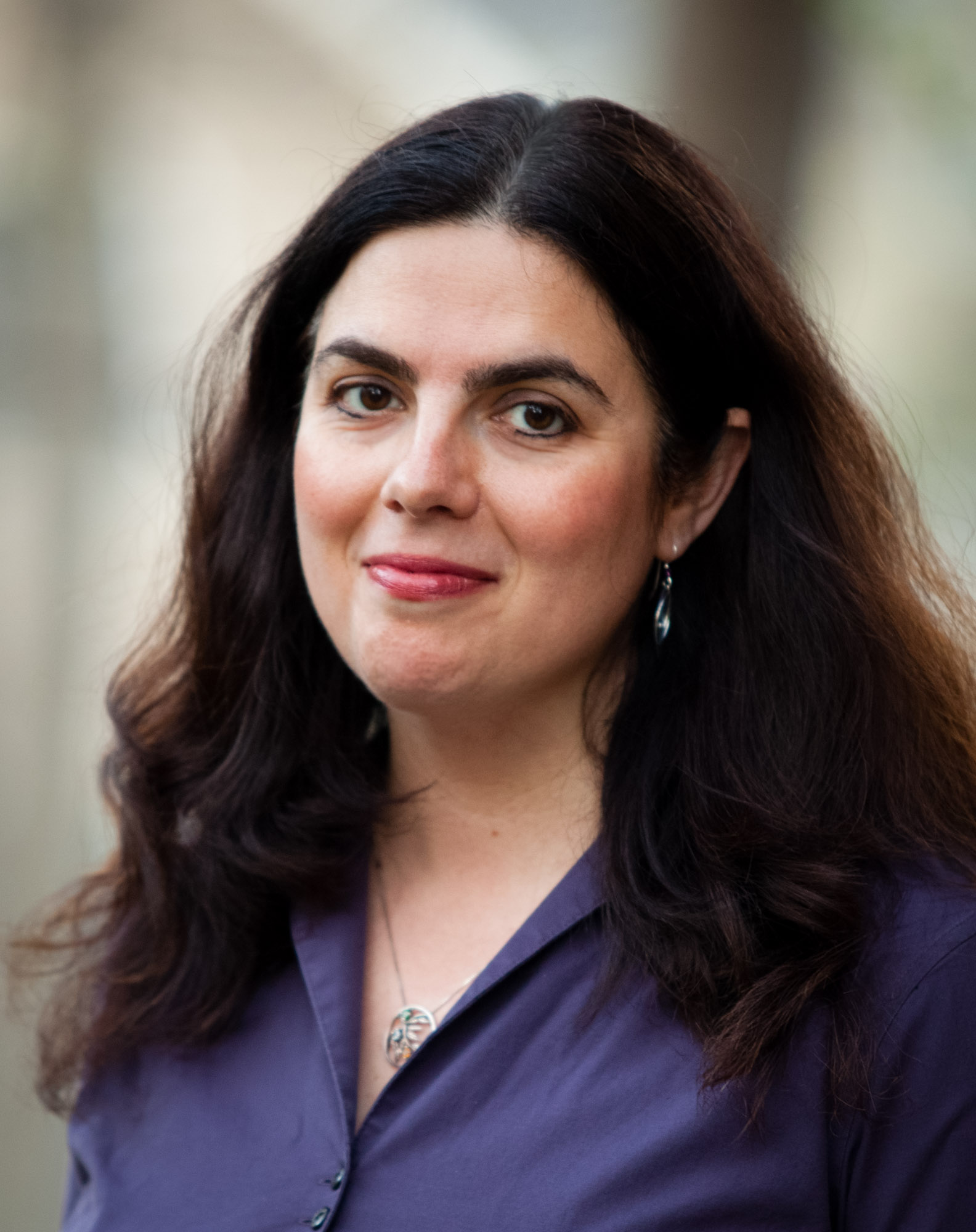

December 22 is the winter solstice in the Northern Hemisphere, marking the longest night and the shortest day. Each day until the summer solstice, more and more light enters our hemisphere; our days lengthen, our nights shorten. Many of the holidays celebrated in the winter months incorporate the notion of light bringing clarity, warmth, and hope into a world of darkness. From solstice celebrations to Diwali, from Christmas to Chanukah, these holidays celebrate the triumph of light over darkness, the emergence of hope in the midst of despair.
For many, the winter holidays hold obligations and opportunities to gather within communities to share food and traditions—immediate or extended family groups, friends, faith communities, cultural communities, and neighborhood or geographic communities. However, for those without a sense of community, the constant media images of close family gatherings and messages about the sense of belonging, love, and shared experience can exacerbate feelings of loneliness and isolation. For individuals who have experienced interpersonal trauma, these celebrations can highlight the ways trauma has torn families and communities apart.
I have worked with many trauma survivors on how to “get through” family events. These efforts were always focused on the needs and preferences of the individual with whom I was working, and on occasion, couples dealing with extended family members. As a trainer and supervisor, I was confident in my ability to help providers and organizations shift their approach to be more trauma-informed. We have developed many effective ways to intervene at the individual and even organizational level. Although not as widely available as individual therapists, family therapists also work to navigate these issues. However, many trauma survivors don’t have the advantage of therapy and must negotiate the holidays on their own.
We are far less adept and able to support larger systems—extended families, faith communities, schools and university settings, geographic or neighborhood communities—as they navigate the complicated and painful effects of trauma. Interpersonal trauma may initially involve only two people, but the effects are far-reaching and ripple through a family. For decades, the most common solution to this has been to bury the trauma, to deem it unmentionable. Families come together and ignore or deny the ways in which trauma has shaped and defined relationships among siblings, children, and parents. Schools, on legal counsel and human nature, talk obliquely, if at all, about the staff member convicted of abusing children. They stumble around in the dark, trying alternately to protect themselves against further hurt and find the connection, comfort, and safety we all want and need.
For too long, we have colluded with the impulse to deny, ignore, and bury the trauma narrative. We have obscured the reality that many people, families, and communities carry histories of trauma. If we don’t open up the dialogue and start listening to each other, we won’t find a way forward. As providers and human beings, we have a responsibility to bring light into this place of darkness for individuals and larger groups. We need to bring hope back into this place of despair.
How do you bring light to trauma survivors with whom you work? Please share your experiences in the comments section below.
Measure the level of trauma-informed care in your organization using the TICOMETER:
Image by Joseph (CC by-SA 2.0).








